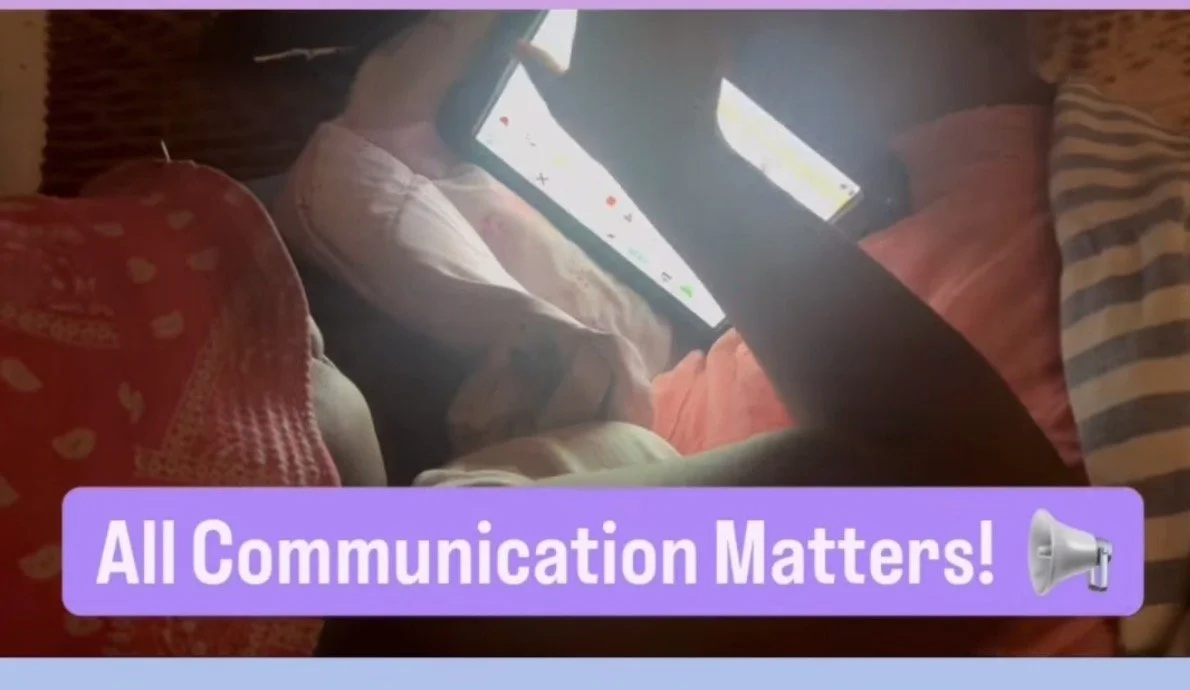If you're new to AAC, or if you're looking for ways to better integrate it into your family life, I am uplifting a few neurodiversity-affirming tips that have been game-changers for us:
1. Take Their Voice Everywhere: Mamas, one of the biggest mistakes we can make is treating the AAC device like a homework assignment or a "school thing." Your child's voice belongs everywhere they go—the park, grocery store, doctor’s office, and even your cozy couch.
The Goal: Make the device an authentic, always-accessible part of their identity.
Actionable Tip: Get a comfortable, durable strap or case. When you leave the house, the checklist isn't just "keys, wallet, phone"—it's "keys, wallet, phone, and voice." This consistency is critical for building comfort and fluency in all settings, not just the structured ones like school!
2. Get Everyone on the Communication Team: Your child's communication is only as powerful as the people who support it. It’s not enough for you and their Speech-Language Pathologist (SLP) to know how to use it. Everyone in their life needs to be able to talk with them using the device.
The Goal: To ensure your child is always able to communicate effectively with friends, grandparents, cousins, and babysitters.
Action Step: Don't just show family and friends the device; show them how to use it for modeling (Aided Language Input). For example, teach them to hit the "STOP" button when they stop pushing a swing, or the "MORE" button before refilling a juice glass. This supportive modeling shows your child, "I know how to speak your language."
3. Advocate Relentlessly for Access: For families like ours, securing an AAC device is a battle—whether it's with the school district or the insurance company. If you're running into walls, remember this: A communication device is medically necessary and a fundamental human right.
The Goal: To ensure your child has the tools they need without crippling financial barriers.
Actionable Tip: Push your insurance company! We did, and it made all the difference. Get a prescription and a detailed report from a qualified SLP—like Ms. Megan at @growtogetherslp, who was instrumental in helping us get Nai’s device—and keep pushing. Documentation and persistence are your greatest sources of strength!


